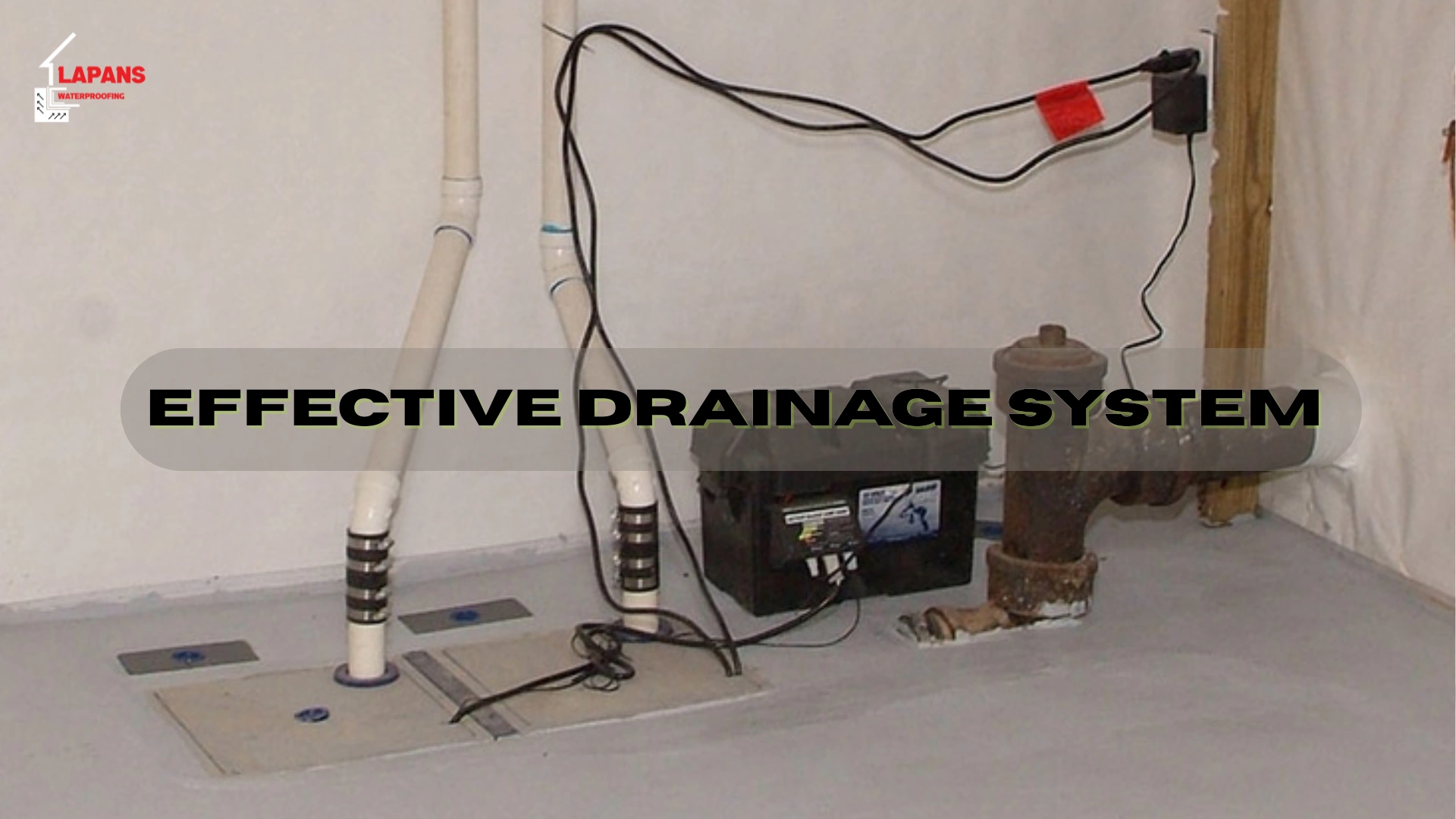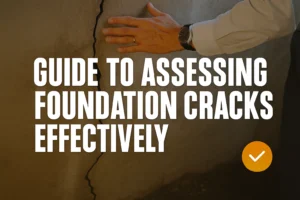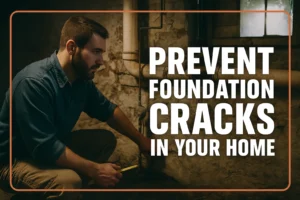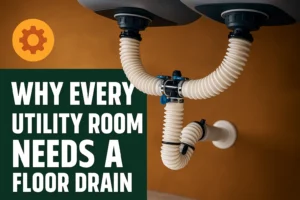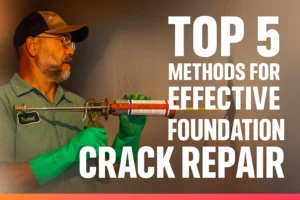A properly functioning drainage system is the first line of defense against water damage in a home, which over time may lead to costly repairs, health issues, and landscaping problems. Efficient drainage prevents rainwater and overwater from flowing into the foundation of the house, thus saving the basement from getting flooded and soil and structural damage from happening. A well-designed drainage system not only extends the life of your foundation but is also a great way to maintain a healthy yard. This article will discuss the reasons why an efficient home drainage system is the most fundamental asset, connecting the dots between the benefits and the residents of the property.
What is a Home Drainage System?
A home drainage system comprises various parts such as pipes, drains, and fixtures that work together to get rid of the excess water both inside and outside your house. The drainage system removes all the dirty water from sinks, toilets, showers, and appliances and removes rainwater and groundwater from the roof and soil around your home.
- Drain Pipes: Carry wastewater out of the house.
- Traps: Hold water to block sewer gases.
- Vents: Let air in to keep water flowing and release gases.
- Storm Drains/Gutters: Move rainwater away from roof/foundation.
- Subsurface Drains: Redirect underground water away from the foundation.
Benefits of an Effective Drainage System
An effective drainage system is essential for every home to avoid water/water-related damages and maintain a living environment that is safe and comfortable. The main benefits with details are as follows:
1. Protects Your Foundation
Water accumulation around the foundation crack of your home may cause the development of cracks, leaks, and other structural issues. An effective drainage system will take water away, preventing the situation in which the pressure can cause your foundation to weaken and thus, you are faced with the situation of lengthy repairs, which will cost you a large sum of money.
2. Prevents Flooding and Water Pooling
The drainage systems lower the risk of flooding the basement and the water pooling in yards or around walkways by taking rainwater and runoff away from the property in a proper manner. This will keep not only the house but also the outdoor areas free of water.

3. Controls Soil Erosion
The water in excess can remove the soil and that way your landscaping will get damaged and at the same time the ground will be uneven. All this can be avoided with proper drainage which will maintain the stability of soil and protect plants, grassy areas, and hardscaping from erosion as well as water damage.
4. Promotes Healthier Living Spaces
Dampness and standing water are the main sources of the development of mold, mildew, and pests, which, in turn, can deteriorate air quality and cause health problems. Proper drainage prevents water from accumulating and thereby works to keep the environment of your home healthier.
5. Enhances Energy Efficiency
If moisture is properly managed, then insulation and walls in your house will remain dry and there will be a need for less heating or cooling, thus, saving energy. In addition to lowering energy bills, this also works for the establishment of a pleasant indoor climate.
6. Increases Property Value and Aesthetic Appeal
A dry and well-taken-care-of yard and foundation are the factors that will make your home stand out and will increase its curb appeal. Proper drainage not only avoids damage but also keeps the outdoor spaces beautiful and thus, the market value of your property is raised.
7. Improves Safety
The installation of drainage reduces these sites where one can easily slip or fall due to the presence of water and they are called slippery surfaces and standing water. Therefore, your walkways, driveways, and patios become safe for family members and guests to use and this safety extends to the time when they are driving or walking.
Types of Home Drainage Systems
These drainage types are the ones that work together to protect your home by managing water efficiently and preventing foundation damage, flooding, and soil erosion. The right combination for your property’s layout, soil type, and drainage needs will be the deciding factor.
| Drainage Type | Best Use Case | Key Feature |
| Surface Drainage | Moving water from ground surface | Gutters, ditches, swales |
| Subsurface Drainage | Managing water under soil | Gravel-filled pipes (French drains) |
| Slope/Grading Drainage | Using land slope to direct water | Proper yard grading |
| Downspouts & Gutters | Roof rainwater drainage | Directs water away from foundation |
| Point Drains | Local water collection spots | Floor or patio drains |
How Poor Drainage Can Lead to Foundation Damage
Improper drainage around the house will cause foundation problems that start small but, over time, become serious enough to require expensive solutions. Recognizing first how poor drainage leads to damage to your foundation is a way to stop this process and safeguard your investment.
Water Pooling Near the Foundation
In the case that water is not properly diverted, it will accumulate around the foundation. The soil becomes saturated with water, and this means that the weight and pressure against the foundation walls have also increased. As a result, there will be cracks, leaks, and moisture getting into the basement or the crawl space gradually.
Hydrostatic Pressure
Water that is too much in the ground leads to the creation of hydrostatic pressure that pushes against the foundation walls and floors. A consequence of this high pressure can be the cause of cracking and weakening of the structure, thus the risk for expensive fixes is high.
Soil Erosion and Loss of Support
Improper drainage leads to the washing away of the soil that supports the foundation. This removal of soil creates voids under your house, which results in the settling that is not even. As the foundation moves, the floors become unlevel, doors and windows that you use may be tight, and the walls develop cracks.
Soil Expansion and Contraction
Soil around the foundation has the tendency to go through the process of expansion and contraction when it is continually soaked with water and subsequently dried. The movement or shifting of the foundation is the cause of the fractures and other stability issues that gradually occur over time.
Basement Flooding and Moisture Damage
Water that is still near the foundation can invade basements or crawl spaces, which is the cause of the flooding and moisture. Such an environment facilitates the growth of mold, wood decay, and poor indoor air quality, which are the factors that contribute to the further destruction of your home.
Protecting Your Foundation
One of the main water problems in the house is a foundation that will eventually fail. Proper drainage is the most effective way to prevent these problems. Make sure that you have well-maintained gutters and downspouts, take good care of the soil and if needed, install drainage systems that will be highly efficient.
If there are any signs of foundation failure or water problems that continue, it is advisable to request the professionals at Lapan’s Basement Waterproofing to come over for a thorough inspection and repair. Problems that can be solved at the early stage with the right professional help can ensure the safety of your home and save you money on expensive repairs in the future.
Conclusion
One of the most crucial systems in any house to protect it from water damage, foundation problems, and soil erosion is a drainage system. This system helps keep your property dry, your foundation strong, and your living environment healthy. Proper function of your drainage system gives you the peace of mind that it will be efficient if maintained regularly and installed by professionals, thus saving you a large amount of money in the future. When you need basin drainage and basement waterproofing works, go with the specialist service provider, Lapan’s Basement Waterproofing.
FAQs
There is a drainage system in a house that takes water away from the house gently, hence preventing water damage, flooding and foundation problems that have good water drainage features in homes.
At the very minimum, this should be done once a year and after each storm with heavy rains or floods.
Yes, some basic work, like basic cleaning and repairs, may be done by a person himself but professional installation should be done only by properly trained personnel.
Signs that indicate drainage problems are water pooling, soil erosion, dampness in the basement, cracks in the foundation, and the growth of mold.
Drainage through the avoidance of water buildup and pressure that leads to the formation of cracks and structural damage to the foundation of your house.
